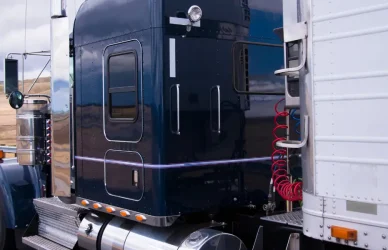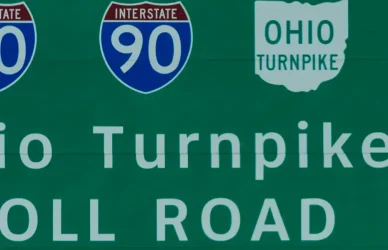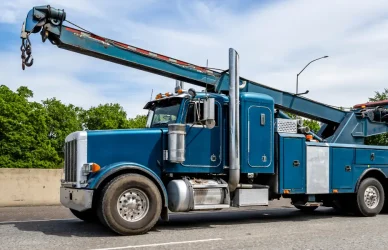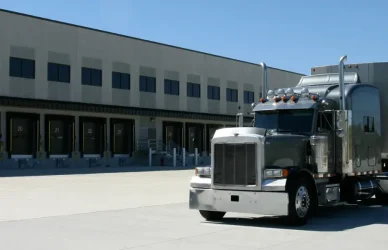States across the country are actively pursuing changes to speed limit rules, with multiple legislations already under consideration in the early weeks of the new year. The Owner-Operator Independent Drivers Association emphasizes the importance of allowing all vehicles to travel at the same speed for safer roadways, without advocating for a specific speed limit.
In Michigan, House Bill 4012 aims to address perceived “flaws” in how local roadway speed limits are set. The bill proposes flexibility in rounding down the 85th percentile speed, allowing local officials to set speeds within 5 mph of the 85th percentile. It also eliminates the requirement for an engineering and safety study for speed limit modifications.
New Jersey’s Senate Bill 1652, sponsored by Sen. Declan O’Scanlon, focuses on using the 85th percentile formula to set speed limits on limited access highways. O’Scanlon believes this formula offers a more objective approach than relying on subjective decisions from officials.
In New York, identical bills (S2209 and A5044) propose increasing the speed limit for all vehicles from 65 mph to 70 mph on interstate highways and limited access roads. The change aims to align New York with the speed limits of many other states.
North Carolina’s House Bill 386, carried over from the previous session, seeks to raise the speed limit to 75 mph on certain roadways, provided it is deemed “reasonable and safe” by the state DOT.
Over the past year, Montana and Texas have revised speed limit rules. Montana’s Transportation Commission gained full authority to adjust speed limits throughout the state, while Texas authorized variable speed limits based on engineering and traffic investigations to address specific conditions affecting traffic flow.
As states continue to explore speed limit adjustments, these legislative efforts aim to strike a balance between traffic safety and the evolving dynamics of modern roadways.
Source: Land Line











